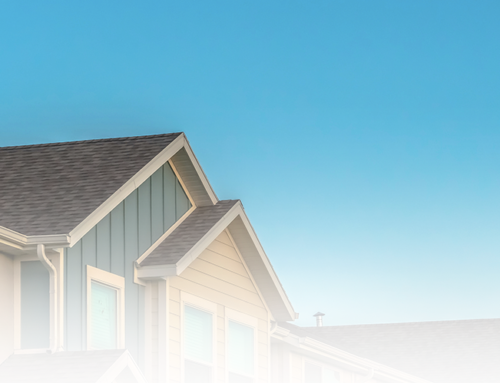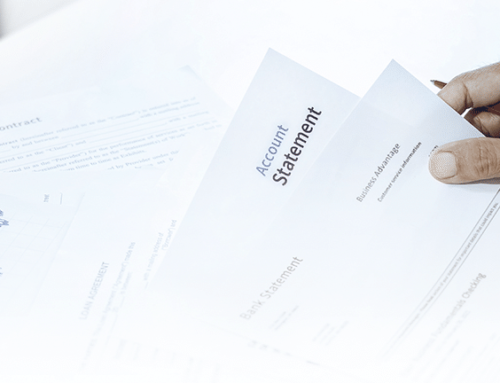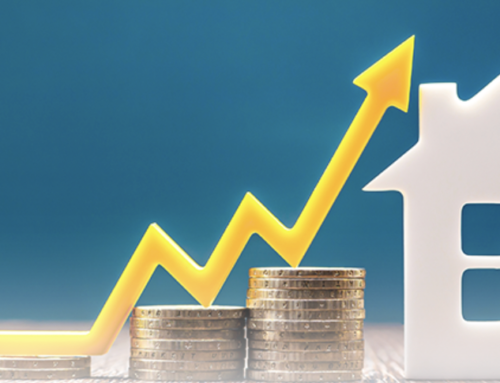A mortgage is a big responsibility and can be a large percentage of your take-home pay. We can’t predict what will happen with interest rates so your mortgage cost can fluctuate significantly. You may be wondering which home loan best suits you.
Here is a quick summary of Variable and Fixed rates:
- Variable Rate
Variable mortgage rates might be volatile, which means there’s a greater likelihood of interest payments increasing or decreasing. This depends on the official cash rate, market conditions, and the decision-making of your lender. When the rates rise, your repayments will also increase.
The advantages:
– Pay less when rates fall: Lenders usually drop rates due to lower funding costs. If you have a variable rate loan, this implies your payment adapts to the prevailing market rates, causing repayments to be cheaper.
– Repayment flexibility: More repayment options are available. This includes the ability to pay off loans faster without incurring interest rate break costs. Some variable-rate loans additionally include features such as offset accounts or redraw facilities, which work to minimize the amount of interest you pay on your loan balance while still allowing you to access surplus funds.
– Refinance is simpler: Switching to a different lender or home loan product without incurring break costs is easier if you’re on a variable rate.
The disadvantages:
– Pay more when rates increase: Lenders change rates anytime depending on market conditions which result in higher repayments.
– Cashflow uncertainty: Rates might vary at any time, and borrowers with variable rates will find it more difficult to manage cash flow. A variable loan requires more flexibility.
- Fixed Rate
Fixed mortgage interest rates are considered predictive and firm. The amount of interest payable over the term of a loan will be ‘locked’ for a specified period of time. The interest rate will either revert to a variable rate or transition to a new fixed rate after this period, which is usually between one and five years.
The advantages:
– Rate increase won’t affect you: If the official interest rate rises, repayments do not increase. Borrowers who are anxious about interest rate increases can have peace of mind.
– Allows for more accurate budgeting: Borrowers know exactly how much interest they’ll have to pay over a certain amount of time. Furthermore, fixed interest rates protect against rises in loan interest rates. This is an excellent approach against economic instability since it allows borrowers to pay a fixed rate for the life of the fixed period, regardless of how high variable rates rise.
The disadvantages:
– Repayments do not decrease if rates drop: Borrowers still need to pay the fixed rate that was set for their repayments.
– Less flexibility: Fixed rate loans limit borrowers’ ability to pay off their debt faster. Additional repayment is restricted. If you refinance, sell your home, or pay off your loan in full before the fixed term ends, you may face significant break fees.
– Limited features: Borrowers are typically unable to withdraw funds or link an offset account to their loan during the fixed rate period.
- Split Rate
The best of both worlds. Some lenders allow you to split your home loan into different accounts, allowing you to benefit from both fixed and variable rates. However, not all lenders offer this type of loan.
Have you decided which one to choose?
We can guide you in choosing the best mortgage solution! Schedule a Free Consultation with our Investment Loan Specialist today.









Leave A Comment